Requested By: frontier001






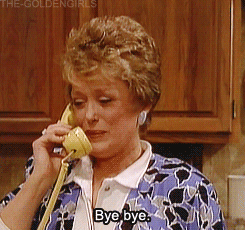



Requested by: frontier001
More Posts from Wadekjordan and Others



Took another early morning flight from the mothercity (capetown) to arrive in durban and find a surfer santa in the airport..... got to the beach for summervibes and holiday chill!!!
Reblog if you’re Team Mystic

Reblog here for Team Valor
Reblog here for Team Instinct
Credit

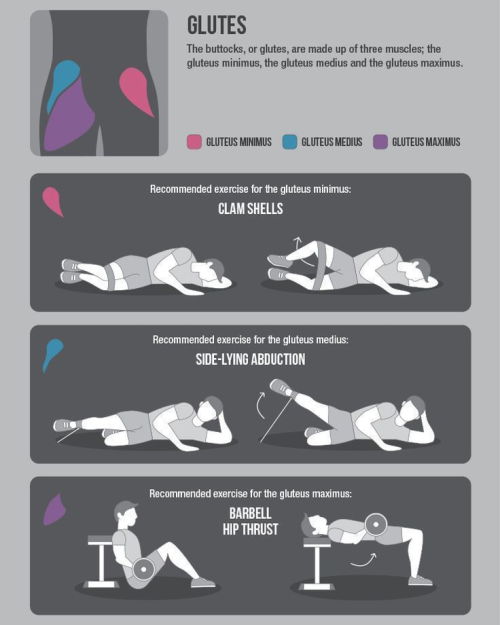
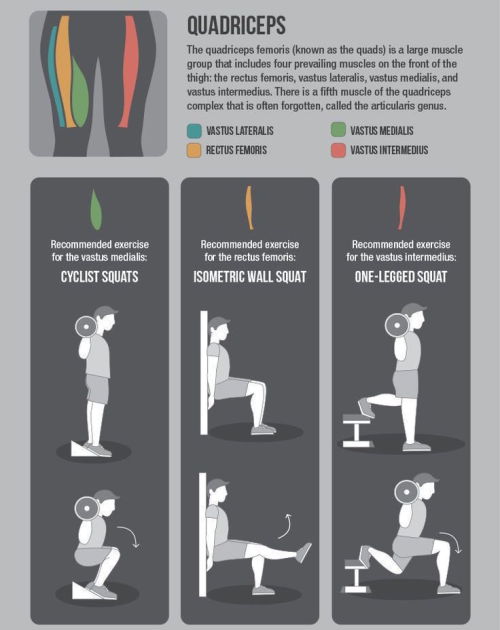

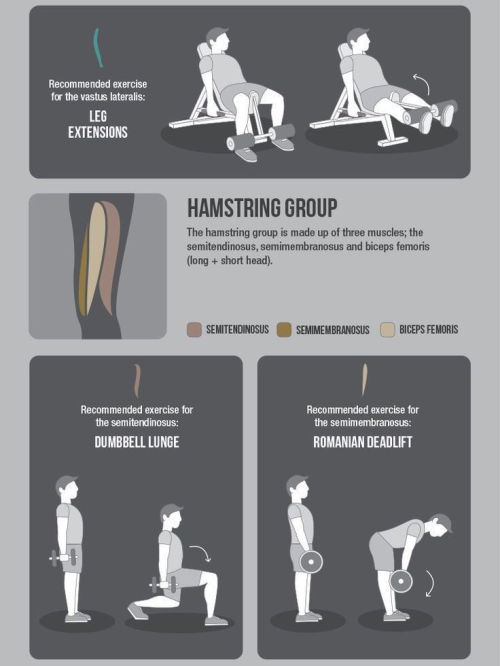
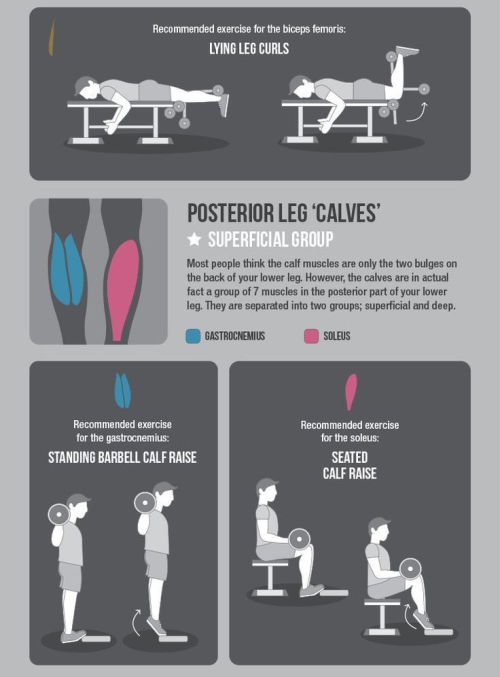

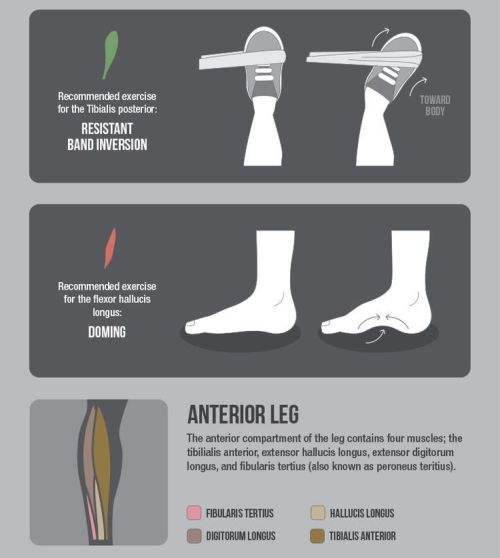
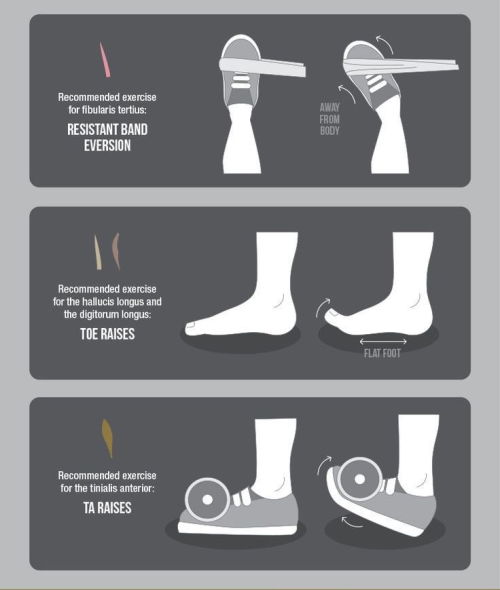

nickcheadlefitness

On any given day in a hospital, you can find people having the best day of their life, the worst day of their life, the first day of their life, and the last day of their life all under one roof.
Single and childless at 26. I guess I’ll have to find something to do with all of this disposable income and free time.
Pushing your knees forward in the Squat.
I’m sure most of you on here know how to squat, or have at least done it before. And I’m sure almost all of you have been told the same cue when squatting.
“Push your hips back”
While I wont say that is the wrong way to squat, I will say that it is an extremely inefficient way to squat. Inefficient meaning you’re dumping energy into less than optimal positions, that will take away from your ability to lift more weight and recruit more muscle engagement.

Above is the way I see most people try to squat. Hips are pushed back, back is hyper extended to keep the chest up, and the knees are behind the toes.

This is how most people should squat. Notice the knees PAST the toes, hips are sunk low, and the back is vertical and FLAT, not arched.
Now I know most of you have probably always heard that the knees coming forward in the squat is bad because it puts too much pressure on your knee joint, but that doesn’t tell the whole story. The knees coming forward in the squat is only dangerous when the squat mechanics are off.
Check out the picture below.

On the left you have an extremely efficient squat position. Notice the bar high on the lifters back directly over the middle of foot (center of gravity) and the back flat and upright, keeping the hips close to the center of gravity. This will allow for maximal quad recruitment when coming out of the bottom position and it will also reduce strain on the back because the vertebra are stacked on top of each other.
On the right you will see the bar out in front of the center of gravity and much lower on the lifters back. The knees behind the toes which cause the hips to be further away from the center of gravity which creates a more horizontal spine. This can cause a lot of stress on the back to keep the bar/chest from falling forward further which would result in the lifter falling down.
To me the answer is obvious, when it comes to efficiency and safety, get that back up, those hips low, and those knees forward.
-
 azure-aeon-soulstar liked this · 3 weeks ago
azure-aeon-soulstar liked this · 3 weeks ago -
 wayhomeberlin reblogged this · 3 weeks ago
wayhomeberlin reblogged this · 3 weeks ago -
 th3dramaqueen liked this · 1 month ago
th3dramaqueen liked this · 1 month ago -
 smashing-pixel liked this · 1 month ago
smashing-pixel liked this · 1 month ago -
 shadowpiratemonkey7 liked this · 1 month ago
shadowpiratemonkey7 liked this · 1 month ago -
 kc8745 liked this · 1 month ago
kc8745 liked this · 1 month ago -
 bellaamor88 liked this · 1 month ago
bellaamor88 liked this · 1 month ago -
 irisewithsunyourisewiththemoon reblogged this · 1 month ago
irisewithsunyourisewiththemoon reblogged this · 1 month ago -
 fightto34 liked this · 2 months ago
fightto34 liked this · 2 months ago -
 wildcardagain reblogged this · 2 months ago
wildcardagain reblogged this · 2 months ago -
 fallsintograce reblogged this · 2 months ago
fallsintograce reblogged this · 2 months ago -
 hawke-eye liked this · 2 months ago
hawke-eye liked this · 2 months ago -
 bumblebee041019 liked this · 2 months ago
bumblebee041019 liked this · 2 months ago -
 rainthebard liked this · 2 months ago
rainthebard liked this · 2 months ago -
 luneytooones liked this · 2 months ago
luneytooones liked this · 2 months ago -
 ghostenluvs reblogged this · 2 months ago
ghostenluvs reblogged this · 2 months ago -
 sientailan liked this · 3 months ago
sientailan liked this · 3 months ago -
 madartjj liked this · 4 months ago
madartjj liked this · 4 months ago -
 carhooterhonks reblogged this · 4 months ago
carhooterhonks reblogged this · 4 months ago -
 leftbehindsins liked this · 4 months ago
leftbehindsins liked this · 4 months ago -
 bullywugprincess liked this · 4 months ago
bullywugprincess liked this · 4 months ago -
 harperhug reblogged this · 4 months ago
harperhug reblogged this · 4 months ago -
 ladybugsonfire reblogged this · 4 months ago
ladybugsonfire reblogged this · 4 months ago -
 ladybugsonfire liked this · 4 months ago
ladybugsonfire liked this · 4 months ago -
 mysticwolf-6 liked this · 5 months ago
mysticwolf-6 liked this · 5 months ago -
 hoddoss liked this · 5 months ago
hoddoss liked this · 5 months ago -
 mag-mfm liked this · 5 months ago
mag-mfm liked this · 5 months ago -
 saladdish47 liked this · 5 months ago
saladdish47 liked this · 5 months ago -
 swinfordp liked this · 5 months ago
swinfordp liked this · 5 months ago -
 annaezofo liked this · 6 months ago
annaezofo liked this · 6 months ago -
 anna4crd8 liked this · 6 months ago
anna4crd8 liked this · 6 months ago -
 annaw6izj liked this · 6 months ago
annaw6izj liked this · 6 months ago -
 annayepsz liked this · 6 months ago
annayepsz liked this · 6 months ago -
 annao81ly liked this · 6 months ago
annao81ly liked this · 6 months ago -
 fally-y liked this · 6 months ago
fally-y liked this · 6 months ago -
 gaykarstaagforever reblogged this · 6 months ago
gaykarstaagforever reblogged this · 6 months ago -
 cottoncandyvoid liked this · 6 months ago
cottoncandyvoid liked this · 6 months ago -
 annallzs0 liked this · 6 months ago
annallzs0 liked this · 6 months ago -
 goldenshaun liked this · 6 months ago
goldenshaun liked this · 6 months ago -
 annita899lsv94h liked this · 6 months ago
annita899lsv94h liked this · 6 months ago -
 mortallykawaiichopshop liked this · 6 months ago
mortallykawaiichopshop liked this · 6 months ago -
 beezusweezus reblogged this · 7 months ago
beezusweezus reblogged this · 7 months ago